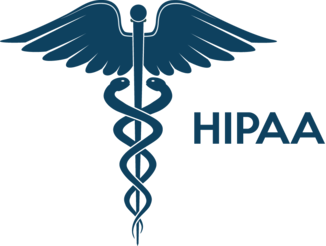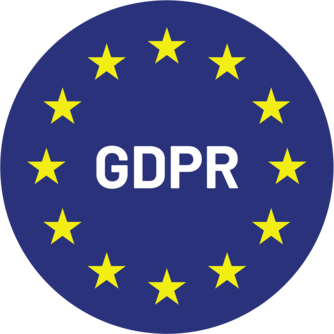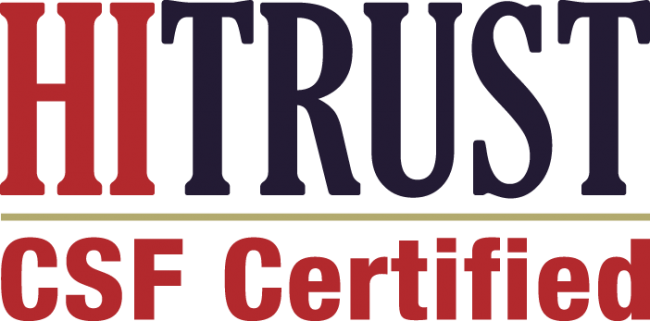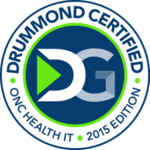Healthcare organizations are increasingly seeking innovative strategies to enhance patient care while maximizing revenue potential. Medicare Principal Care Management (PCM) has emerged as a transformative opportunity that delivers both clinical excellence and substantial financial returns. As healthcare CFOs remain optimistic about revenue growth despite operational challenges, PCM represents a strategic pathway to achieve sustainable profitability while improving patient outcomes.
Understanding Medicare Principal Care Management
Principal Care Management is a Medicare-reimbursed service designed to manage patients with a single high-risk chronic condition. Unlike Chronic Care Management (CCM), which focuses on multiple chronic conditions, PCM provides intensive care coordination for patients whose single condition requires comprehensive oversight and intervention.
The service encompasses:
- Monthly patient contact and care coordination
- Clinical assessment and monitoring
- Treatment plan development and modification
- Care transitions support
- Patient and caregiver education
The Financial Opportunity: By the Numbers
Direct Revenue Generation Potential
The revenue potential for PCM services is substantial. With direct revenue generation potential of $720,000 to $960,000 annually for a 500-patient program, healthcare organizations can achieve significant financial impact through strategic PCM implementation.
2025 Medicare Reimbursement Rates
Current Medicare reimbursement structures provide competitive compensation for PCM services:
- CPT 99424: Initial PCM setup and enrollment
- CPT 99425: PCM performed by physician or qualified healthcare professional (30 minutes per month)
- CPT 99426: PCM performed by clinical staff under physician direction (30 minutes per month) – $48.45 for 30 minutes of time
- CPT 99427: Additional 30 minutes of PCM services
Enhanced Billing Opportunities for 2025
Beginning January 1, 2025, RHCs and FQHCs can bill the individual HCPCS codes for PCM. The payments for these codes are the national non-facility rates, expanding access to PCM revenue streams for rural and federally qualified health centers.
ROI Analysis: The HealthViewX Advantage
Technology-Driven Efficiency
Implementing PCM through the HealthViewX platform creates multiple financial advantages that significantly enhance ROI. The platform’s comprehensive approach addresses key revenue optimization factors:
1. Automated Workflow Management
- Streamlined patient enrollment processes
- Automated documentation and billing compliance
- Reduced administrative overhead costs
2. Enhanced Care Delivery
- Integrated communication tools for patient engagement
- Real-time monitoring and alerts for clinical interventions
- Comprehensive reporting and analytics
3. Billing Optimization
- Automated CPT code assignment and documentation
- Compliance monitoring to ensure maximum reimbursement
- Integration with existing EHR systems
Cost-Benefit Analysis
Healthcare organizations implementing PCM through comprehensive platforms like HealthViewX typically experience:
- Reduced operational costs through automation and workflow optimization
- Increased billing accuracy leading to higher reimbursement rates
- Improved staff productivity through streamlined processes
- Enhanced patient satisfaction resulting in better retention rates
Market Trends Supporting PCM Investment
Healthcare Revenue Outlook
Overall payer EBITDA is estimated at $52 billion in 2024, with estimates to rise at a 7% CAGR from 2023 to 2028 to $78 billion, indicating a robust healthcare financial environment that supports investment in care management programs.
Reimbursement Rate Improvements
Providers will witness a rise in reimbursements for PCM codes compared to 2025 due to Medicare Physician Fee Schedule adjustments, making PCM an increasingly attractive investment opportunity.
Telehealth Flexibility
PCM services may be furnished via telehealth under current CMS waivers, providing operational flexibility and expanded patient reach capabilities that enhance revenue potential.
Implementation Strategy: Maximizing PCM ROI
Patient Population Identification
Successful PCM programs target patients with:
- Single high-risk chronic conditions requiring intensive management
- Frequent healthcare utilization patterns
- Complex medication regimens
- High risk for complications or hospitalizations
Staffing Optimization
PCM services can be delivered by:
- Clinical staff under physician supervision
- Advanced practice providers
- Care coordinators with appropriate clinical training
Technology Integration
HealthViewX PCM platform provides:
- Seamless EHR integration
- Automated patient communication tools
- Comprehensive reporting and analytics
- Billing compliance monitoring
Measuring Success: Key Performance Indicators
Financial Metrics
- Revenue per patient enrolled: Track monthly and annual revenue generation
- Cost per patient managed: Monitor operational efficiency improvements
- Billing accuracy rates: Ensure maximum reimbursement capture
- Staff productivity metrics: Measure workflow optimization impact
Clinical Outcomes
- Patient engagement rates: Monitor participation in PCM services
- Hospital readmission reductions: Track quality improvement metrics
- Patient satisfaction scores: Measure service delivery effectiveness
- Care plan adherence: Monitor treatment compliance improvements
Risk Mitigation and Compliance
Regulatory Compliance
PCM implementation requires adherence to:
- CMS billing and documentation requirements
- HIPAA privacy and security standards
- State licensing and supervision regulations
- Quality reporting standards
Operational Risk Management
HealthViewX platform addresses common PCM implementation challenges:
- Documentation compliance: Automated templates and workflows
- Billing accuracy: Built-in compliance monitoring
- Staff training: Comprehensive platform training and support
- Patient engagement: Multi-channel communication capabilities
Future Opportunities and Scalability
Market Expansion
The PCM market presents significant growth opportunities:
- Aging population with increasing chronic disease prevalence
- Expanded Medicare coverage for care management services
- Growing emphasis on value-based care models
- Technology adoption accelerating care delivery efficiency
Program Scaling
HealthViewX PCM platform supports:
- Multi-location implementation
- Provider network expansion
- Patient population growth
- Service line diversification
Conclusion: The Strategic Imperative
Medicare Principal Care Management represents a compelling business opportunity for healthcare organizations seeking to enhance both clinical outcomes and financial performance. With proven revenue generation potential exceeding $700,000 annually for modest patient populations, PCM delivers measurable ROI while advancing patient care quality.
The HealthViewX PCM platform provides the technological foundation necessary to maximize these opportunities through automated workflows, comprehensive reporting, and integrated care delivery capabilities. As Medicare reimbursement rates continue to improve and regulatory support expands, organizations that implement PCM programs position themselves for sustained competitive advantage.Healthcare leaders must recognize that PCM is not merely a billing opportunity—it’s a strategic investment in sustainable care delivery models that align financial success with patient outcomes. The question is not whether to implement PCM, but how quickly organizations can deploy comprehensive solutions like HealthViewX to capture this growing market opportunity.



